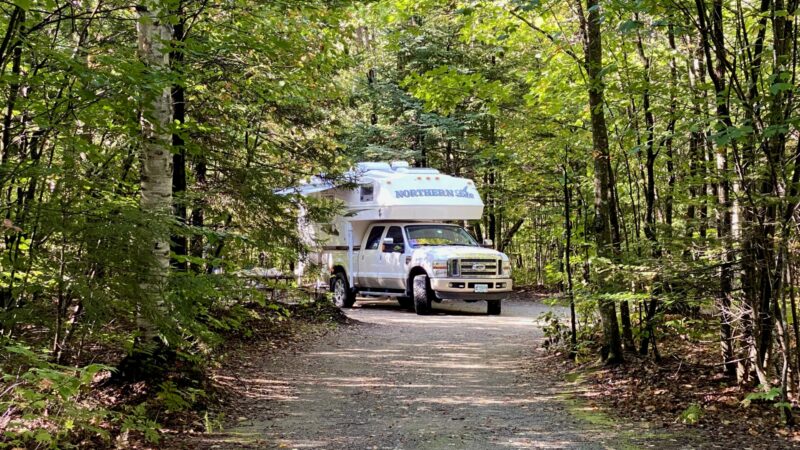Table of Contents Show
Navigating campgrounds can be an adventure whether you’re new to RVing or you’ve been doing it for years.
One misstep can result in severe damage to your rig or someone getting hurt. Luckily, there are some basic things you can do to help ensure you get into your spot safely.
Today, we’re sharing our best tips for navigating RV campgrounds. With some practice, you can be an expert before you know it!
Unfortunately, no two campgrounds are the same. As a result, knowing what to expect when staying at a new location can be difficult. Some do better than others at providing wide roads for maneuvering and eliminating low clearances.
However, the longer you RV, the easier it becomes. You learn how to maneuver and handle your rig and your limits. One of the fastest ways to get yourself into a sticky situation is to push yourself or your rig past its limits.
As we mentioned, some campgrounds are easier to navigate than others. Additionally, unexpected circumstances can create problems. Other campers may park their vehicles in the way, making navigating a tight road even more challenging.
Finally, the facility can come alive with energy if you’re camping on weekends or holidays. This can result in many distractions and other variables that further complicate things.
Navigating a campground with an RV is a responsibility you can never take lightly. When you do, you drastically increase your chances of an accident.
Pro Tip: Learn How to Pick the Best Site in a Campground!
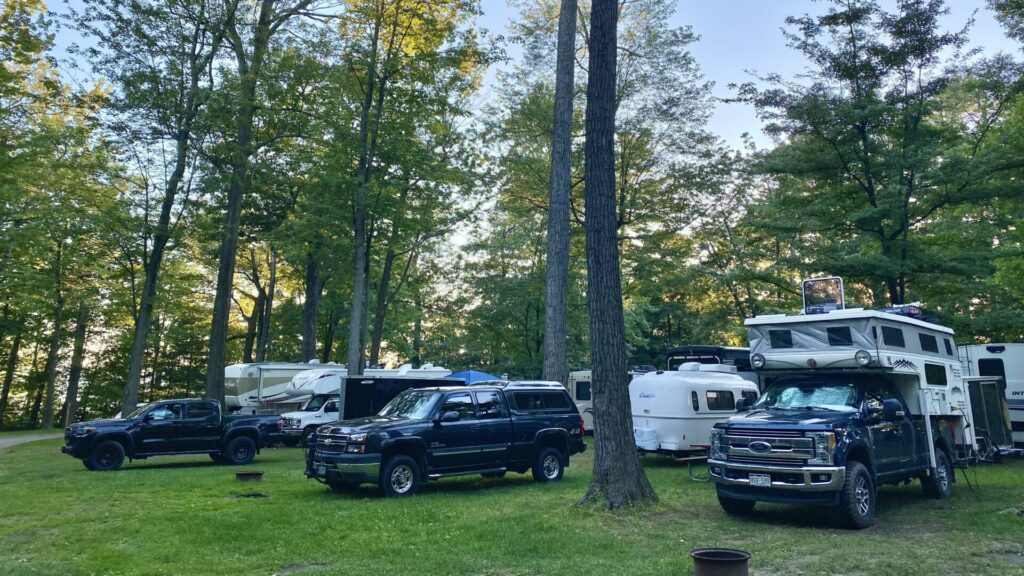
We’ve stayed in countless campgrounds and learned a thing or two during our adventures. Here are our best tips for navigating RV campgrounds.
1. Do Your Research
Researching a campground ahead of time can make finding your way to your campsite easier when you arrive. Many facilities have maps on their websites to give you an idea of the layout. While these won’t likely include trees, rocks, or other potential hazards, they’re a great place to start.
Additionally, Google Maps can be an excellent resource for research. Using the satellite view, you can better understand the layout.
Additionally, it makes it easier to spot any potential hazards you’ll want to watch for when arriving.
Finally, Campendium, iOverlander, and Google Reviews are tools we regularly use when staying at new campgrounds. Users on these platforms often leave tips and advice for future guests.
The tips online helped us avoid sticky situations, especially when we had our massive fifth wheel.
2. Know Your RV Size
As an RV owner, you must know the dimensions of your rig. This means not only the length but also the height. These numbers can be helpful when booking campsites or dealing with size restrictions.
Campgrounds in state and national parks tend to be smaller. This is one reason some consumers stay under 30 feet long when shopping for campers. It may be an impossible or challenging task to maneuver a longer rig in some locations. Tight turns and overhead clearances are things you should always take seriously.
Pro Tip: Be sure to read Why You Need To Know Your Total RV Height Clearance next.
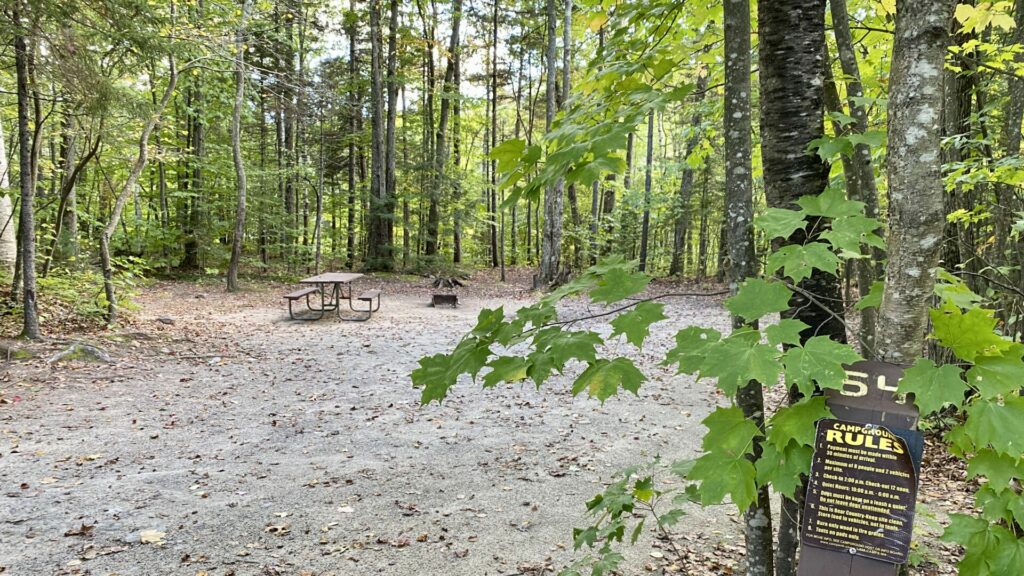
3. Arrive During Daylight
Whenever you’re staying in an unfamiliar location, it’s best to arrive during daylight. This can help ensure you’re able to see everything around you.
After sunset, ditches, posts, and other hazards can appear seemingly out of nowhere.
Unfortunately, it’s important to remember that travel days can be unpredictable. Flat tires, traffic, and other potential issues can mess up your plans. This is one reason why it’s also critical to maintain a flexible schedule.
If you’re uncomfortable navigating a campground at night, find a safe place to park for the night before dark.
4. Drive Slowly
Arriving at a campground can be an exciting experience. However, don’t let emotions get ahead of you and start rushing through the process.
Most locations have speed limits that they strictly enforce. Additionally, you could land in hot water with management or other guests if you’re speeding.
Remember, slow and steady wins the race. This can help you avoid making a costly mistake when navigating turns or backing into your spot. You’re more likely to make a mistake in a hurry. Trust us, this isn’t how you want to start your trip.
5. Use a Spotter
In our experience, it’s always best to use a spotter when backing into a site or navigating a tight situation. Even if you don’t think you need it, having an extra set of eyes on the situation can be extremely helpful.
When using a spotter, make sure you’re both on the same page and that they remain visible at all times. Discuss hand signals ahead of time or use walkie-talkies to make it easier to hear each other.
Cell phones can be another great option if you don’t have walkie-talkies. However, remember that cell signals may not be available, and there can be a delay.
- Two way Radio: FCC ID ; 2ASV6-T5A. MOICO walkie talkies have 22 FRS channels plus 99 sets of CTCSS tones (privacy…
- VOX-Hands Free Function: Walkie talkies for adults have easy voice and sound activation transmission (VOX) with 3…
6. Don’t Force It
One of the worst things to do when navigating RV campgrounds is force yourself into a tight situation. Finding a different site or campground may be your best option if it’s too close for comfort. The damages and stress these situations can create aren’t worth it.
We remember one challenging campsite that was nearly impossible to get our large fifth wheel into. Instead of fighting the situation, we spoke to the front office, and they found us a different spot.
Could we have forced our rig into the site? Probably. However, it wasn’t worth the stress or risks to us.
7. Watch Overhead Clearances
It’s easy to forget that some RVs, especially fifth wheels, require you to watch overhead clearances. Objects like tree limbs and overhangs can come out of nowhere. Unfortunately, these can do thousands of dollars in damage and ruin your entire trip.
In addition to taking it slow while navigating an RV campground, keeping your eyes up is critical. Ask a spotter to watch as you pass under a low-hanging utility cable or other structure.
Again, this is one of those situations where it’s better to be safe than sorry.
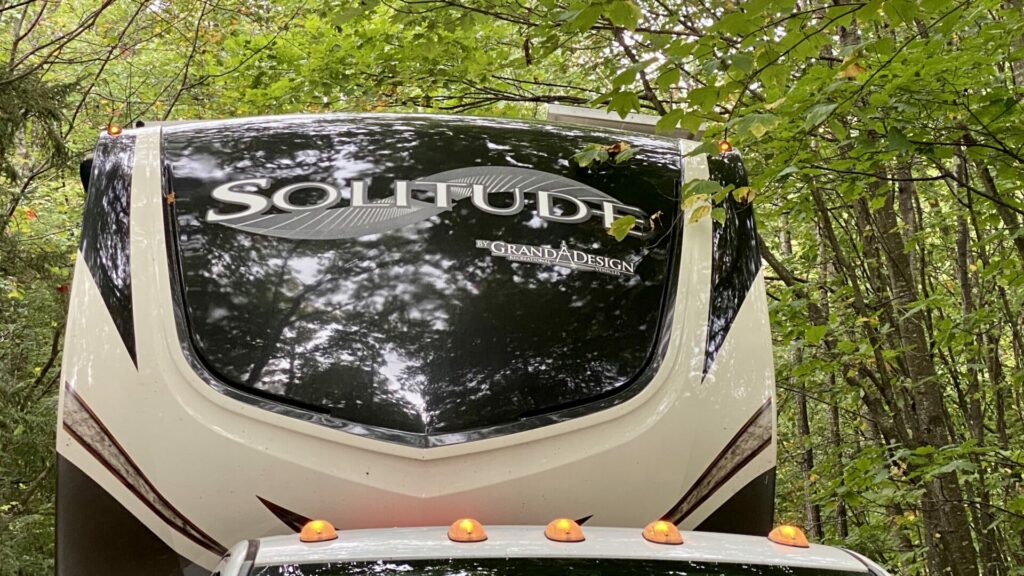
8. Consider a Pull-Through Site
If you’re just starting, it may be best to consider requesting pull-through sites. These are the best because they allow driving straight into the spot.
You don’t have to worry about shifting into reverse and backing into the site. It can require adjusting if you’ve never tried backing up a trailer.
Some campgrounds charge premium fees for pull-through sites. However, this is typically a minor inconvenience that’s worth it. You’ll be able to quickly and easily get into your campsite and start making memories with your loved ones.
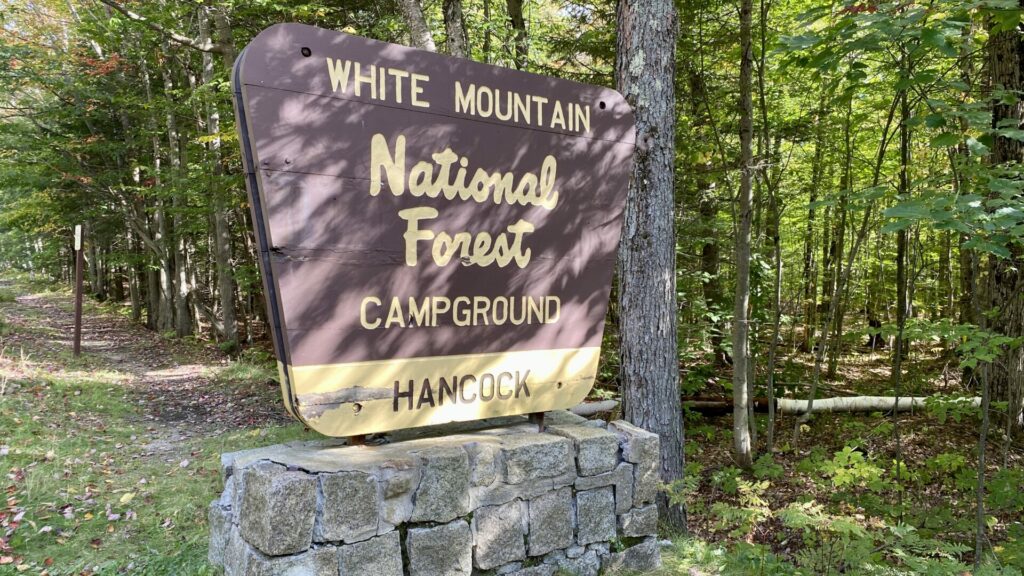
9. Avoid Distractions
Distractions can be all around you while you’re trying to navigate the campground. This isn’t the time to fiddle with your phone or adjust the radio.
Turn off the radio and ask your passengers to remain quiet so you can focus on the task at hand. You must concentrate and know what’s happening around you and your vehicle.
10. Watch for Pedestrians and Pets
There’s a good chance that you won’t be the only ones in the campground. As a result, you must watch for pedestrians and pets that may be moving about the area.
It’s easy to give all of your attention to a tight corner or clearing an obstacle. Unfortunately, this can cause you not to see the person walking on the side of the road.
Also, remember that campgrounds are popular places for children and people to ride bicycles or scooters. There’s a chance they may not be paying attention and drive right in front of you.
Being alert and watching out for them can help you anticipate this and avoid a dangerous situation.
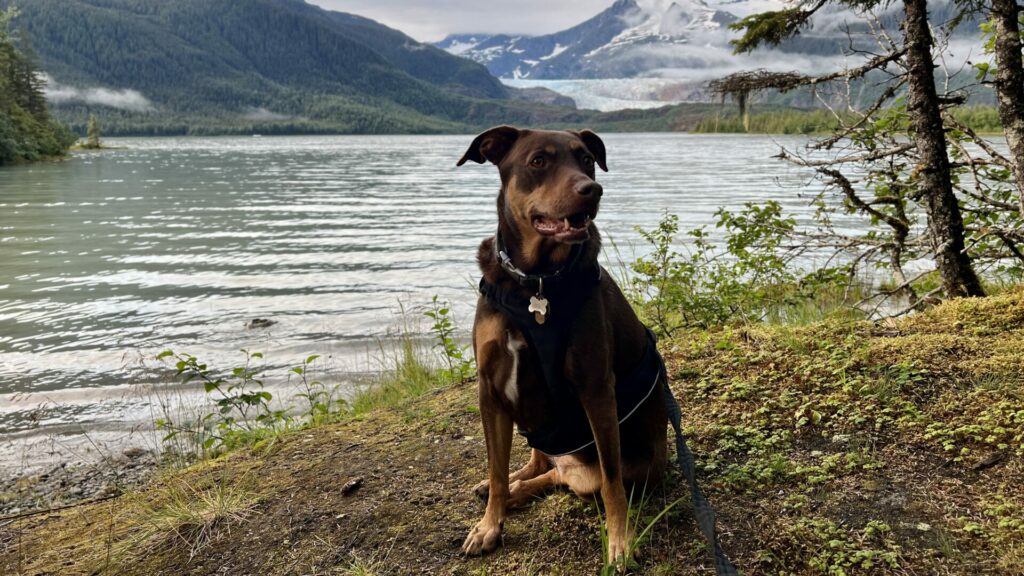
Navigating RV campgrounds can be challenging. However, the more experience you can get, the better. You’ll quickly grow your skills and confidence to get in and out of your spot smoothly.
If you’re looking for an excuse or reason to go camping, now you have one. Book a campsite nearby and tell your loved ones it’s an opportunity to practice.
What are some of your best tips for navigating RV campgrounds?
Last update on 2024-12-22 / Affiliate links / Images from Amazon Product Advertising API




